A woman's wardrobe is always short of a garment. For many women, changing clothes all year round is not only for image, but also for mood. Even if wardrobe clothes like mountain fall, but still can not restrain the desire to buy. Quickly eliminate fashion brands to hit the people of this pursuit of innovation and change mentality. Even if the quality is a little bit of quality, what does it matter that the price of the average person gets a big price? it's going to be phased out next season, anyway. New styles of excitement always flow. H & M, Zara, GAP. These fast fashion brands are fully styled, updated quickly and discount frequently, so they are loved by foreign and domestic girls. Knowing that people are in love with old things, their old clothes recycling program is more humanized. For example, by donating a bag of used clothing, the brand will receive two 15% discount coupons for each item. Women
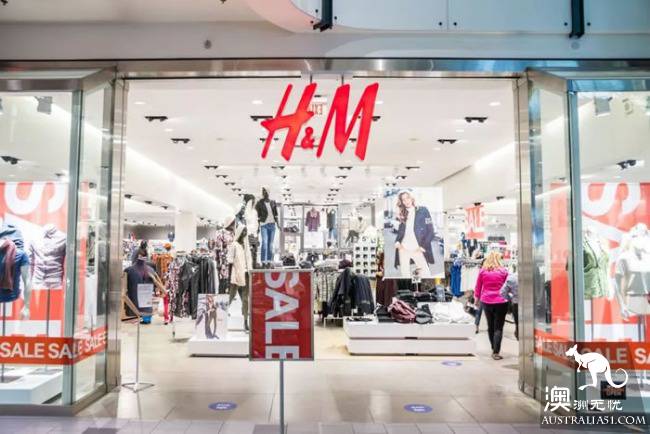
No longer have to worry about the overcrowded clothes in the house no place to put them.
So how much have these clothes been recycled?
In 2017, the group recovered a total of 17771 tons of textiles through the old clothing recycling programme, with more than 482 tons recycled in the Chinese market for reuse and recycling, according to a report recently released by Ham. The report says it will use 100 percent of materials from renewable or other sustainable sources by 2030 and will have a positive climate impact on the entire value chain by 2040.
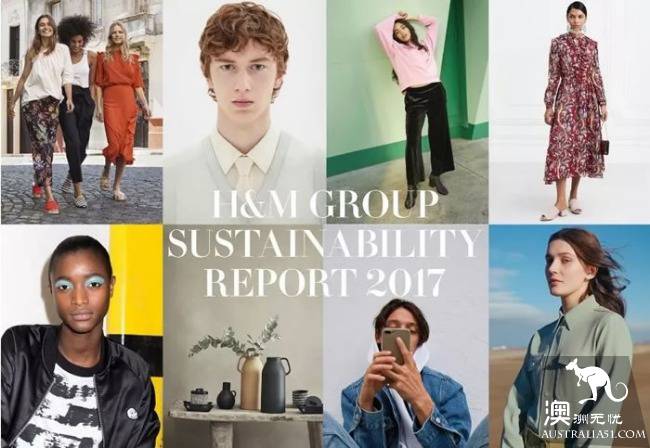
It looks like a positive energy enterprise with environmental awareness, but the fact is...
01, the inventory is actually on fire?
Frequent new, frequent discount is the routine that all brand consumers know. As a result, the new product is no one, and everyone wants to wait for the discount to take one vote. But such a wait for the brand will lead to a large inventory of stocks. The old goods are not sold out, and the new batch is coming back.
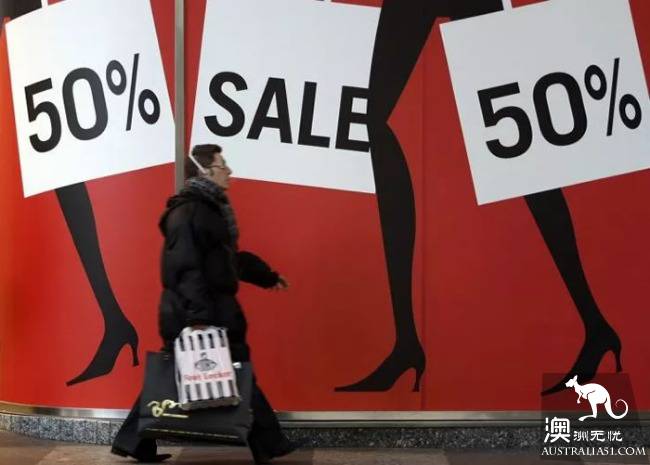
You're worried your house isn't enough to put your clothes on, so is Ham. Their stock had accumulated so much that they had to find a way to clear it.
Let's have a fire! But the matter should not be publicized. After all, it is a conscience enterprise that has been living on the image of environmental protection.
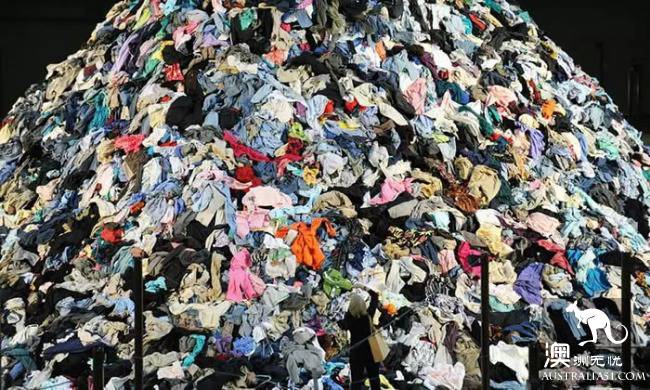
But the paper bag can not hold fire, a Danish television reporter stole stealthie to all this. Reporters photographed a batch of finished goods being packed into a Danish waste-disposal company called KARA/NOVEREN.
The smoke from the smokestack is exactly what happened when the clothes were burned, media stealthie said. When asked why the clothes were burned, Ham said it was only a batch of orders that were moldy or did not meet safety and quality standards.
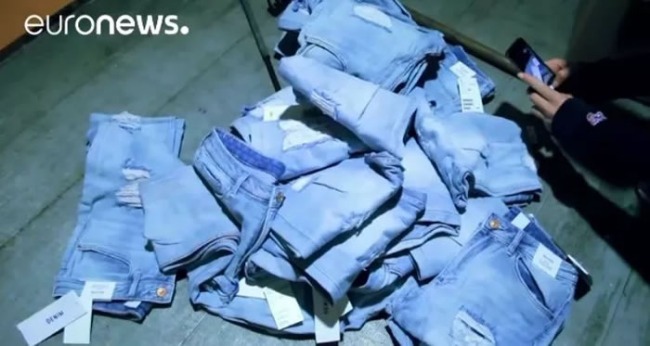
However, journalist found that the burned goods are clearly quality inspection of clothing ah.
In order to verify, the reporter also took the four jeans from the laundry, and went to H & M to buy trousers with no problems with safety quality and sent to the test together. As a result, the four pants are completely qualified and have no mold.
CEO of Redress, a non-profit-making environmental group dedicated to reducing fashion waste, said: "it takes 3.625 litres of water, 400 megabytes of energy, 3 kilograms of chemicals to produce a pair of jeans that are now burned to ashes," said CEO of the non-profit-making environmental group Redress. Doesn't it turn into a mockery of global sustainability? When burning clothing, large amounts of toxic gases from dyes and other materials directly pollute the atmosphere. It not only pollutes water, but also causes air pollution.
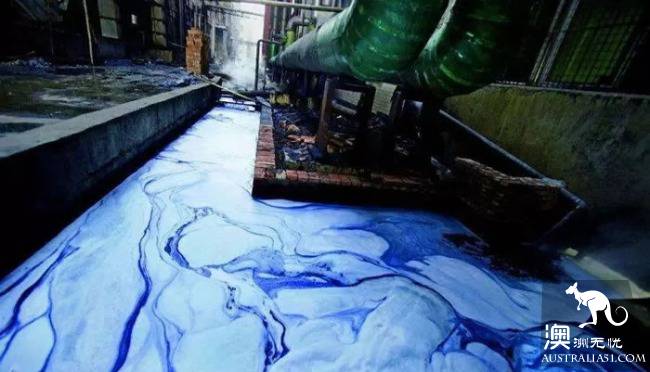
Isn't environmental protection the foundation of Ham's brand that has been advertised all the time? Are all the recycling plans just for re-spending?
If that were the case, would your conscience not hurt?
02, the cruelty behind fashion
In pursuit of speed, and in order to reduce costs, these fast fashion brands moved production lines to low-cost South-East Asian countries.
There is a documentary about the exploitative enslavement of fashion labourers in the third world behind the glamorous fashion world.
In a garment factory in Dhaka, Bangladesh,70% of the workers are women. They're working hard every day, and they're often scolded by the boss and two harashment.
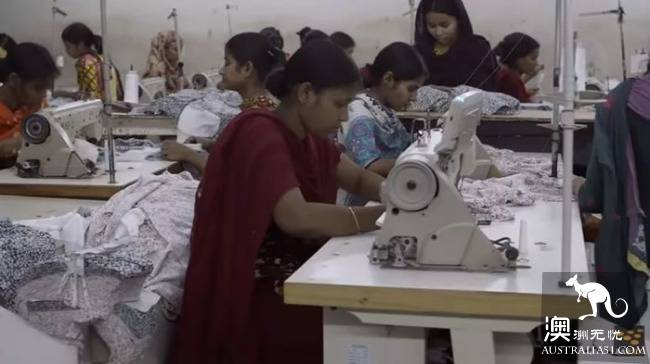
Dressed in an elegant, free and comfortable life, the workers behind them were busy making just two dollars a day. You are attracted to the latest Chinese clothes on the runway this season.
But do not know that the brand in pursuit of fast fashion, forcing local farmers to abandon natural cultivation, large-scale use of fertilizer and pesticides to grow cotton. As a result, the soil was seriously polluted, farmers fell ill, a large number of people died of cancer, and malformed newborns were born inexplicably.
Continue to buy, the chopped hand is not chopped, just the blood and sweat of countless exploited workers, wear all over the body to show off. Show off consumption, dazzling the appearance of prestige, conscious of the world invincible.
03, is it useful to recycle old clothes?
In fact, British fashion media Fashion Business Review has reported that the garment textile industry is second only to the oil industry the worst pollution industry.
Various processes, including dyeing, washing and decorating, require up to 8000 different chemicals to be used in the production of clothing from raw materials.
Every 1000 grams of cotton-about one T-shirt and one pair of jeans-costs more than 20, 000 litres of water.
Every kilogram of denim produces an average of 23 kilograms of greenhouse gases, from insecticides sprayed in cotton fields to lotions soaked in denim.
People's mentality is in line with the pursuit of the brand. Brand speed up production time and again to meet people's expectations.
It takes only 25 days for a Zara coat to go from the first draft design to the factory production and then to the retail store. The H & M delivery cycle is as short as three weeks or so. Uniqlo takes only 13 days from design to shipment.
Irrational consumption is bound to lead to excessive waste. Brands of course know that consumers will have a sober day, so they must be strong first: to make a big story about environmental protection!
So the so-called recycling of old clothes is really environmentally friendly?
Ham's self-described environmental recycling map of old clothes
Although environmental recycling can help reduce pollution, the level of recycling utilization is determined by the quality of the waste. Better quality can be sold to second-hand stores, donated to people in poor areas, or upgraded to new fabrics.
According to the American Association for Secondary Materials and Recycling Textiles, 45 percent of recycled clothing is sold as second-hand clothing, with 30 percent being downgraded and 5 percent being dumped back into the dump.
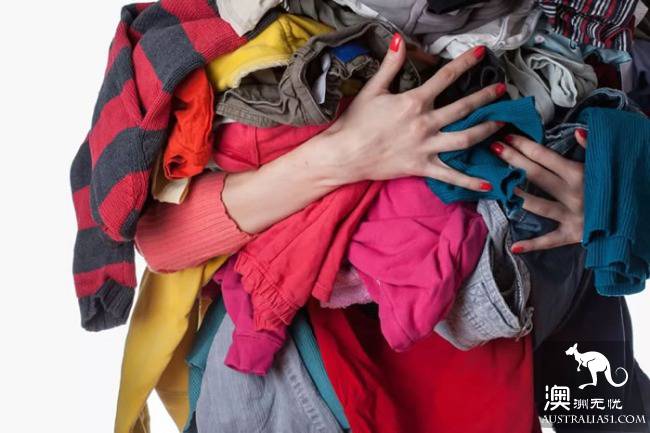
Only up to 20% of the recycled cotton products can be made into new jeans because the fibers are chopped in the process.
The bad clothes can only be demoted and even thrown directly into the dump.
So, have you ever wondered how much the environment is burdened by what you think is the idea of "it's not too bad to throw it away at a cheap price anyway"?
"overdress: the staggering cost of cheap Fashion" (Over dressed:The Shockingly High Price of Cheap Fashion), the author writes: charities that accept old clothes are now a garbage dump. I couldn't help but watch these clothes of good and bad quality come in.
The problem now is that throwing or not throwing old clothes can be a tricky problem.
So recycling of old clothes sounds like that, but it's just a self-preservation strategy for fast-fashion brands: making consumers feel like they're working for environmental protection can't solve the problem at all.
"minimize, reuse, recycle," (reduce, reuse, recycle) is the EPA slogan, the concept of "recycling" is actually the last step, should be at the top of the list is to reduce unnecessary consumption.